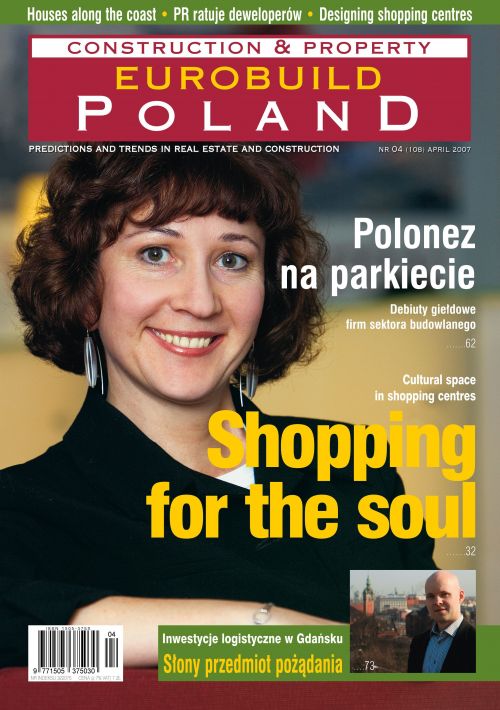Architects are wondering whether in Warsaw, Kiev, Paris and Bucharest, all modern shopping centres will look the same. So how should they be designed and built to encourage the citizens of the so-called emerging markets to part with their cash?Retail developers are entering Central and East European countries with increasing verve and enthusiasm. The Romanian and Bulgarian markets, as is also the case with Ukraine and Russia, are, admittedly, still toddlers; but nevertheless, they are proving to be magnets for investment and are rapidly catching up with Poland. Aleksandra Zentile-Miller, director of Chapman Taylor, remarks that: “The shopping centres opening in this part of Europe are often more attractive and better designed than those in Western Europe. One could even claim that ‘old Europe’ looks with interest at retail projects in the ‘new Europe’. She stresses that it is unimportant in which part of Europe a shopping centre is to be, since business f






























































